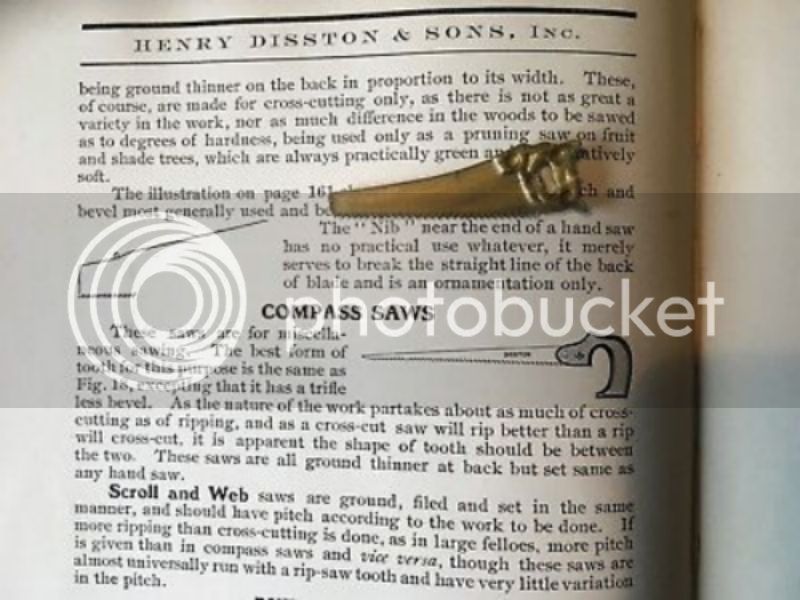I was fortunate enough to be given 4 old saws but they are in need of some TLC. I'm not really interested in restoring them just to have them collecting dust in my workshop but I would certainly do it if I could use them.
So, opinions please, on whether these saws can be restored for use.
Saw 1

So, opinions please, on whether these saws can be restored for use.
Saw 1


















































